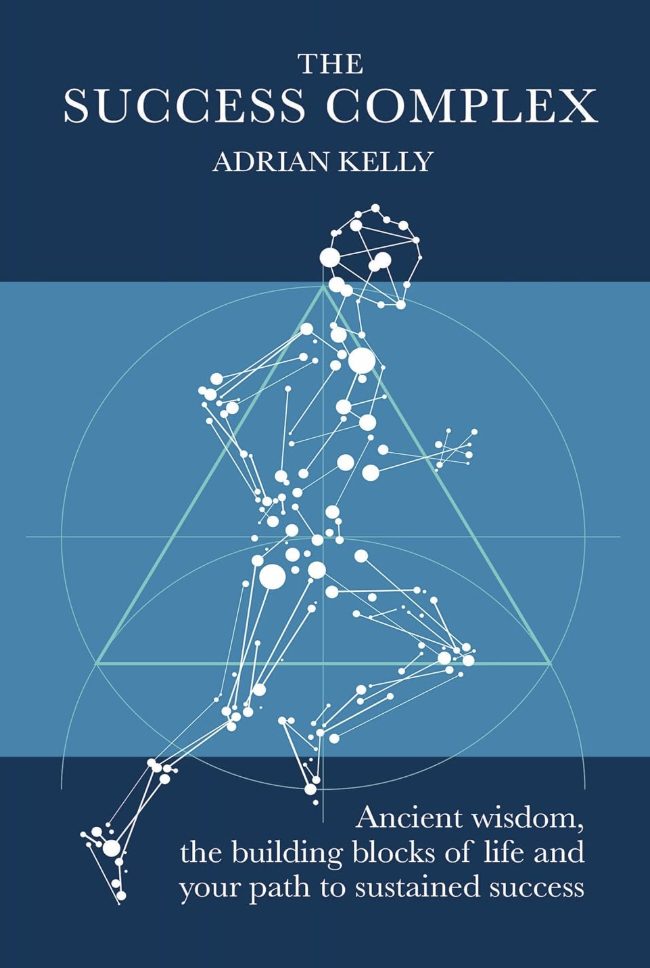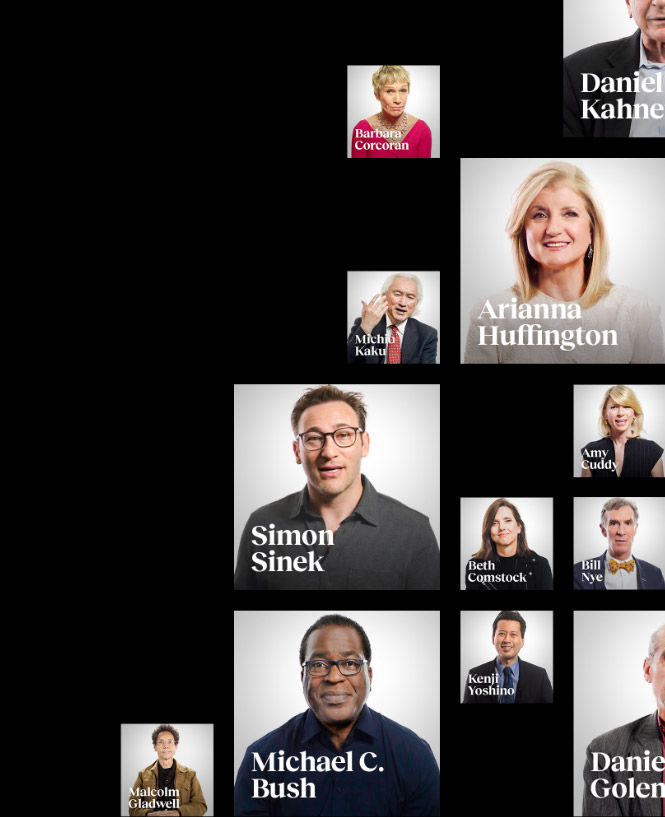How the sting of failure in sports can guide us to success in business

- Failure can be devastating, but it also presents an opportunity for long-term success.
- One of the most valuable business lessons from sports is the ability to shake off frustration and focus on the next challenge.
- Athletes often train harder after a loss; in business, this might mean doubling down on R&D, refining strategies, or upskilling employees.
Success in sports and business requires discipline, consistency, resilience, and a willingness to adapt. Both involve high stakes, significant rewards, and the constant specter of failure. Athletes and business professionals alike face challenges that push them to their limits, forcing them to leave their comfort zones and strive for something greater. This is especially true when they encounter failure, which, while painful, offers some of the greatest opportunities for growth and improvement.
Here, we explore how lessons from sports, particularly the sting of failure, can guide us to success in business.
1. The transformation of Mardy Fish
Failure is unavoidable in sports. Losing a match, missing a key shot, or failing to qualify for a tournament can be deeply disheartening, particularly for athletes who invest countless hours of effort and sacrifice into their craft. However, such moments often serve as catalysts for improvement. They compel athletes to adapt, reassess their priorities, and work harder.
Consider, for example, Mardy Fish, a professional tennis player whose early career was marked by mediocrity. From 2005 to 2008, Fish was stuck in a rut. He was injury-prone, out of shape compared to his peers, and unable to break through in major tournaments. His record of 49 wins and 49 losses during this period reflected his stagnation. He would typically lose in the quarterfinals of Grand Slam events or deliver ‘plucky but not quite good enough’ performances against top-ranked players.

Fish is candid about his struggles during this time. Reflecting on the period, he noted, “Mentally, I was fine. I was happy to be a professional tennis player, to travel, to spend time with friends, to be able to eat and drink what I wanted. I had a normal career — and simply no success.”
Many professionals in business can relate to this sentiment. How often do we “get by” without achieving anything significant? This lack of progress began to sting for Fish in 2008 when the media speculated about his impending retirement. At 28, Fish realized he had not reached his full potential. He felt that he could never be content knowing that he hadn’t given it his all. This certainly hints at a deep and powerful form of motivation known as intrinsic motivation (doing something for a deep personal reason for example), as opposed to extrinsic motivation (in the sense of some short-term financial reward or external validation). In other words, his reflection on failure ran deep. He resolved to change, knowing he would never be at peace unless he gave everything he had to his sport.
His transformation was dramatic. Fish overhauled his diet, training, and lifestyle. He adopted a strict athlete’s regimen, losing over 30 pounds in two and a half months. He reorganized his training team, reduced social distractions, and even slept in a hyperbaric oxygen chamber to accelerate recovery. By the end of 2009, his dedication paid off as his performances improved significantly, culminating in a career-high World No. 7 ranking and No. 1 in the US in 2011. Fish’s story demonstrates how the sting of failure can drive profound change — a lesson equally applicable to business.
2. Building resilience through defeat
In sports and business, resilience is crucial. Failure can be devastating, but it also presents an opportunity to build grit — a combination of passion and perseverance essential for long-term success. Whether it is an athlete losing a championship or an entrepreneur facing a failed startup, the experience tests one’s ability to recover and move forward.
Athletes often review their defeats, analyzing what went wrong and identifying areas for improvement. This reflective process allows them to adapt their strategies and come back stronger.
Resilience is developed through a process of reflection and learning. Athletes often review their defeats, analyzing what went wrong and identifying areas for improvement. This reflective process allows them to adapt their strategies and come back stronger. Similarly, business professionals must critically evaluate failures, whether it is a poorly received product launch or a missed growth opportunity. Understanding what led to the setback is key to preventing similar issues in the future.
One of the most valuable lessons from sports is the ability to shake off frustration and focus on the next challenge. For example, a tennis player who loses a set must quickly regroup and prepare for the next one. In business, this translates to the ability to rebound from losses and stay committed to long-term goals. Setbacks should not deter us but serve as stepping stones for future achievements.
3. Driving results through deliberate practice
Achieving excellence requires more than effort; it demands a specific kind of effort known as “deliberate practice.” This concept, popularized by performance expert K. Anders Ericsson, involves a structured approach to improvement based on three key principles (which can be employed in a ‘rinse and repeat’ format):
- Focused, goal-oriented practice: Deliberate practice requires setting specific, measurable goals to target weaknesses. It is not enough to repeat tasks; one must systematically address areas of improvement. For many, failure highlights these weaknesses, prompting the need for targeted action. In business, this could mean refining a sales pitch, improving product design, or developing more effective leadership skills.
- Immediate feedback and reflection: Feedback is essential to improvement. In sports, athletes rely on coaches and performance data to identify errors and refine their techniques. In business, feedback may come from colleagues, mentors, or customers. However, the fast pace of the corporate world often leaves little time for reflection, making it even more important to create opportunities for self-assessment and strategic adjustment.
- Stretching beyond comfort zones: Growth happens when we push beyond our current abilities into challenging areas. This requires effort, concentration, and a willingness to endure discomfort. Fish exemplified this principle by completely transforming his approach to training. Businesses must be willing to take risks and embrace challenges to avoid stagnation, as well.
Fish’s story is a testament to the power of deliberate practice. His disciplined approach, marked by focused goals, constant feedback, and relentless effort, propelled him to the upper echelons of professional tennis. For businesses, adopting a similar mindset can lead to transformative results.
4. The value of training: motivation from defeat
“Championships are won on the training ground,” the saying goes, and this holds true for both sports and business. Success is rarely the result of raw talent or luck; it is built on consistent, disciplined preparation. Often, defeat serves as the catalyst for this hard work.
Consider Sara Blakely, the founder of Spanx. Early in her career, Blakely faced countless rejections from manufacturers who dismissed her product idea. Instead of giving up, she refined her pitch, improved her product, and persevered. Today, Spanx is a billion-dollar brand, a testament to her determination and ability to learn from failure.

Similarly, teams and individuals in sports often train harder after a loss, using the pain of defeat as motivation. In business, this might mean doubling down on research and development, refining strategies, or upskilling employees to meet future challenges. Defeat is not the end — it is the beginning of a journey towards growth and improvement.
5. Lessons for business leaders
What can business leaders take away from these examples? First, failure should not be feared but embraced as an opportunity to learn and grow. The sting of failure often reveals areas for improvement that might otherwise go unnoticed. Second, building resilience is essential. Setbacks are inevitable, but the ability to recover and adapt is what sets successful leaders apart.
Moreover, adopting the principles of deliberate practice can help businesses achieve excellence. By setting clear goals, seeking feedback, and pushing beyond comfort zones, organizations can foster a culture of continuous improvement. Finally, preparation is key. Whether it’s training for a championship or preparing for a product launch, consistent effort and discipline lay the foundation for success.















